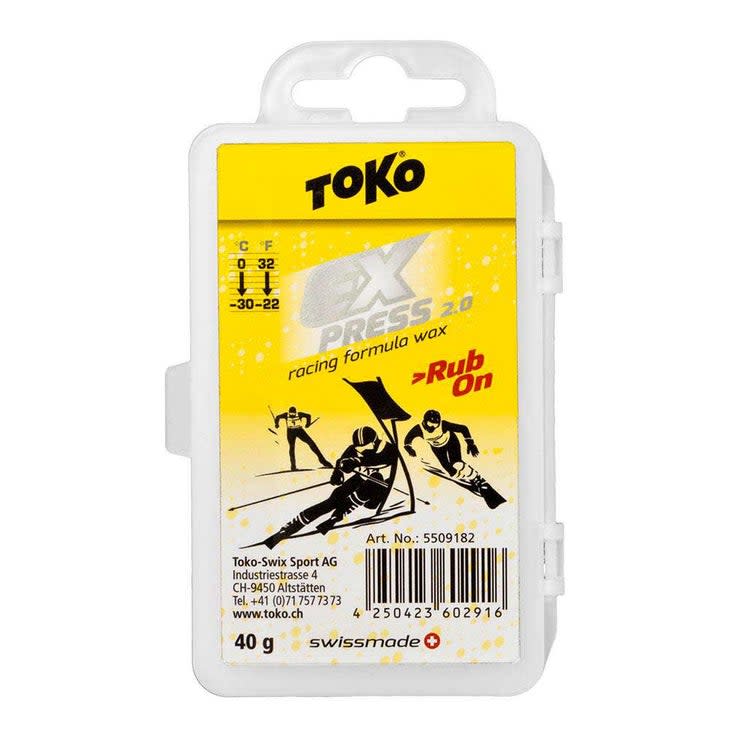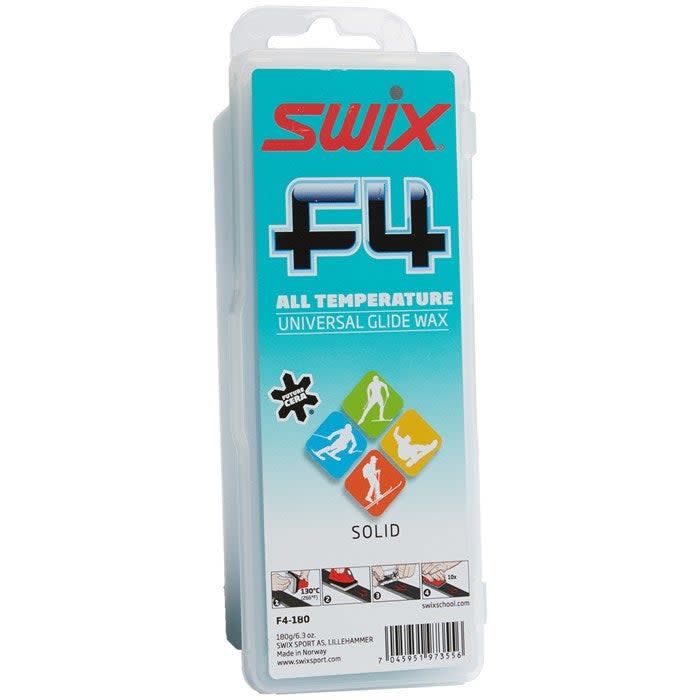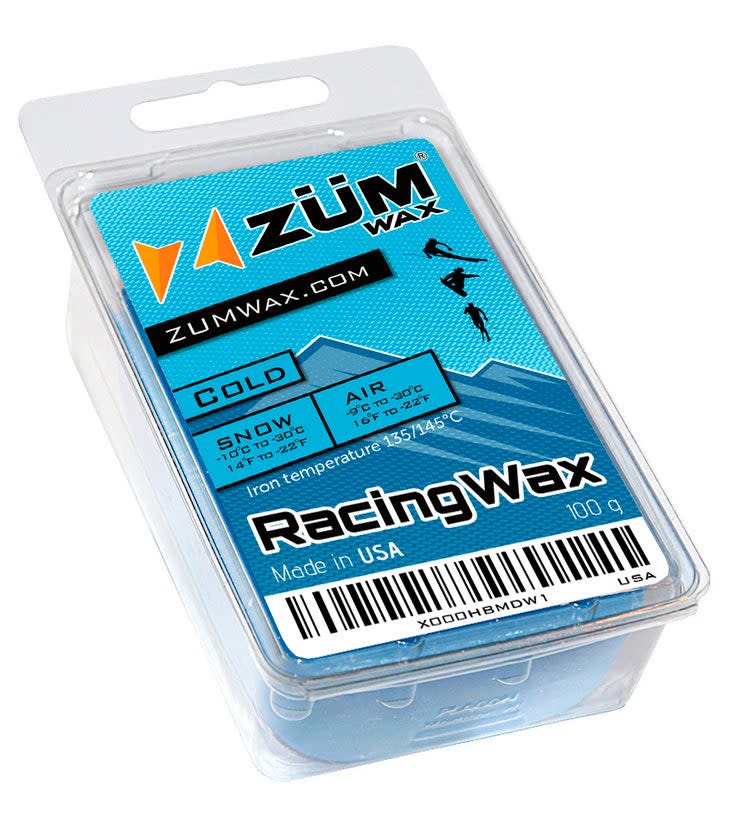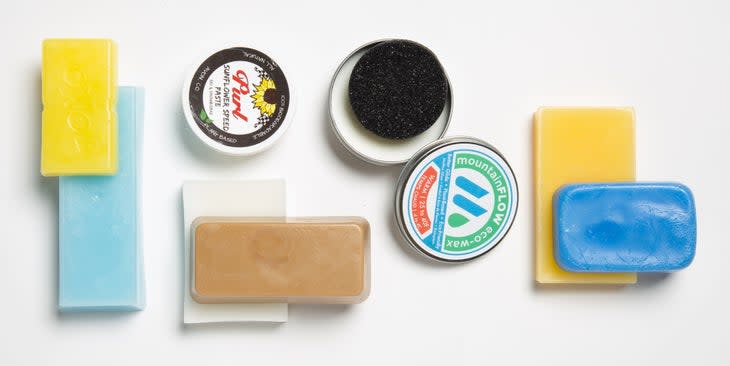How to Choose the Right Ski Wax for Your Snow Conditions
This article originally appeared on Ski Mag
Even if you do no other ski maintenance yourself, you should learn how to wax your own skis. It’s easy, you’re unlikely to screw it up, and it’s way more cost-effective than taking skis to a shop every time you need a layer of wax--which, by the way, is often.
According to Leif Sunde, owner the Denver Sports Lab, a full-service ski tuning shop in Golden, Colo., there’s no such thing as waxing your skis too much. Wax not only improves your skis’ glide and performance on the hill, but also protects your planks’ bases from wear and tear. Ready to get started? The first step--picking the right wax for your ski day--can be overwhelming in and of itself. Never fear: Sunde breaks down the basics. And if you’re a true ski waxing newbie? Start with a universal temperature rub-on wax. No tools or waxing knowledge required.
Best Ski Waxes
Quick Fix: Rub-On or Spray-On Wax

Rub-on or spray-on waxes are great in a pinch to increase glide. Because these types of waxes can be applied without the use of an iron, they're good options for keeping your skis from sticking in a hurry. Like hard waxes, rub-on and spray-on alternatives come in temperature-specific and universal options.
Best Performance: Melt-On Waxes

Nothing can replace the benefits of melt-on waxes, which not only promote glide and acceleration, but also increase base density so skis become more resistant to damage. Melt-on waxes come in universal and temperature-specific varieties. If you're not sure what the approximate snow temperature is, look for a wax that gives you the correlating temperature range, or use a universal glide wax.
Shop for Swix F4 Universal Temperature Glide Wax: Amazon
Best Wax for Wet Snow

Fluorinated waxes are particularly hydrophobic--they shed water more quickly and are best suited to wet-snow environments. If the snow is very wet (it packs down into a great snowball), a high-fluoro wax will provide the best glide and acceleration. However, fluorocarbons are harmful to the environment and brands are increasingly shying away from them in favor of natural alternatives (see "Eco-Friendly").
Best Wax for Dry Snow

If you're skiing the Rockies where there's little moisture in the snow, or if prepping for a powder day (lucky you!), reach for a hydrocarbon wax. This type of wax will prevent dry friction and help skis glide in dry conditions.
Best for the Environment

Thankfully, there is an increasing variety of environmentally friendly and bio-neutral wax products coming to market which don't pollute the snow with harmful fluorocarbons. Look for brands that use plant-based oils as their wax foundation in lieu of the traditional paraffin base.
SKI’s picks:
How to Choose Temperature-Specific Waxes
Temperature-specific waxes correlate to snow temperature, not air temperature. But no need to dig out your thermometer. Here's your cheat sheet.

More Ski Tuning Tips
How to wax your skis in four easy steps
The lazy skier’s guide to sharpening edges (just follow the video tutorial)
Why ski technicians don’t want you to sharpen your base edges
For exclusive access to all of our fitness, gear, adventure, and travel stories, plus discounts on trips, events, and gear, sign up for Outside+ today.

